Robyn Witty was one of three teachers who accompanied Steve Newton on the NCSE Grand Canyon rafting trip. This is a blog of her experience.
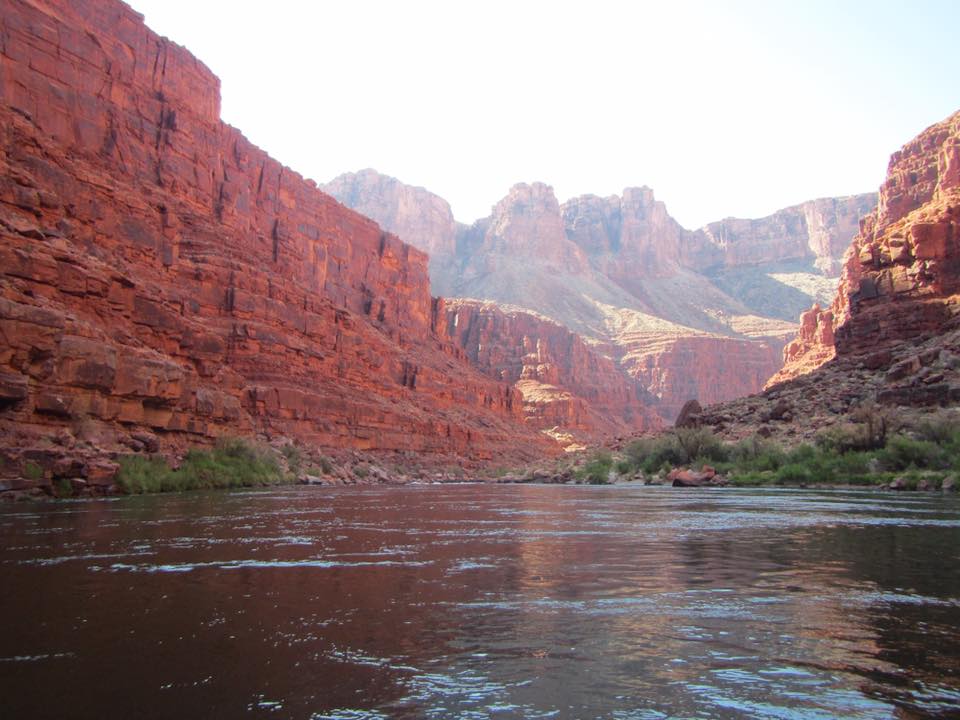 I was beyond blessed to receive one of the all expenses paid teacher seats on the most recent NCSE Grand Canyon rafting trip. I want to sincerely thank Steve Newton, the NCSE, and everyone who made a donation to make this trip possible for three teachers. Our patchwork group of scientists, professors, teachers, professionals, and geocachers spent eight days traversing the canyon and its side streams. Together we examined various geological features, fossils, and ecology throughout the canyon.
I was beyond blessed to receive one of the all expenses paid teacher seats on the most recent NCSE Grand Canyon rafting trip. I want to sincerely thank Steve Newton, the NCSE, and everyone who made a donation to make this trip possible for three teachers. Our patchwork group of scientists, professors, teachers, professionals, and geocachers spent eight days traversing the canyon and its side streams. Together we examined various geological features, fossils, and ecology throughout the canyon.
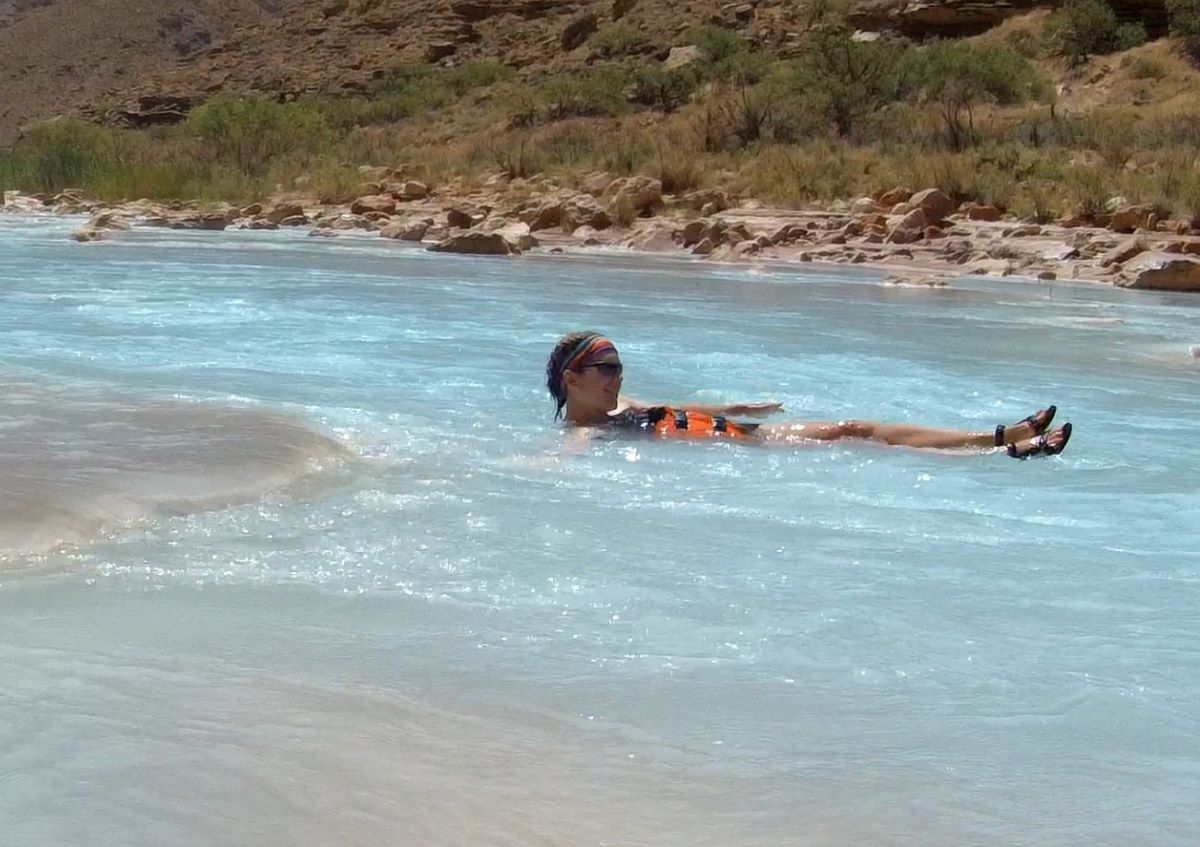 John Wesley Powell, best captures my feelings of being in the alluring, soaring heights of the Canyon: “The wonders of the Grand Canyon cannot be adequately represented in symbols of speech, nor by speech itself. The resources of the graphic art are taxed beyond their powers in attempting to portray its features, language and illustration combined must fail."
John Wesley Powell, best captures my feelings of being in the alluring, soaring heights of the Canyon: “The wonders of the Grand Canyon cannot be adequately represented in symbols of speech, nor by speech itself. The resources of the graphic art are taxed beyond their powers in attempting to portray its features, language and illustration combined must fail."
Sleeping under a starry sky surrounded by canyon walls several hundred feet high without light pollution from the city was mesmerizing and powerful. Including a boat in your pictures is the only way to communicate the vast scale of the canyon.
I will take home an arsenal of information and photos to share with my students about the canyon. And below are only a snapshot of the things I learned:
1. There are many downstream impacts of a dam, such as cooler water (50°F) and slowed deposition of sediment. (However, the cool water keeps inquisitive tourists happy).
2. Bighorn sheep do not like having their pictures taken. Every time I tried to take their photos they would immediately about face, giving us an less than picturesque view.
3. The desert soil is very fragile and has a unique cryptobiotic soil crust.
4. Virga is when rain falls but evaporates before it can hit the ground. Even though it was monsoon season, the only rain we experienced was virga.
5. If you don’t like creepy crawlies, leave your black light at home, because scorpions fluoresce under black light.
6. There are invasive species in every environment, such as the Tamarisk and Camelthorn plants that are quickly taking over canyon beaches.
7. The canyon is one of the few places on Earth where there is immediately visible evidence of deep time and changes over nearly two billion years. Uprising of rock layers unique to this area, twisting and faulting, dikes, volcanic lava flows, and formations galore!
8. You quickly learn to love your canyon guides who possess a plethora of knowledge about canyon history, scary late night horror stories, and bad jokes.
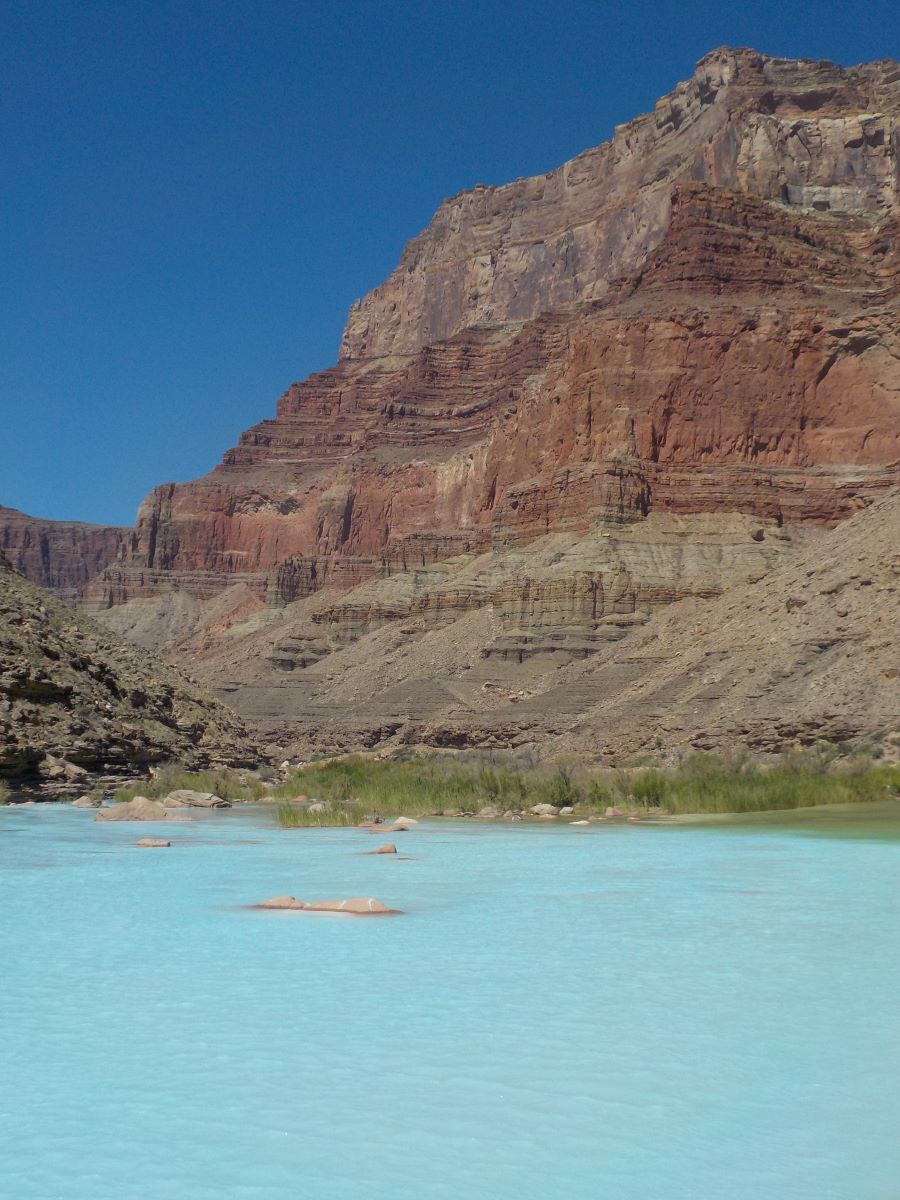 I plan to do a case study covering the Grand Canyon with my environmental science students. The best way to make this information tangible to my students is for it to be hands-on, visual, and capable of being analyzed. I will share 360° views of the Canyon with my students using virtual reality goggles. Check out some of my views from the canyon using the links below. I am also looking for Grand Canyon/Arizona data sets my students can analyze (For a good example, go here).
I plan to do a case study covering the Grand Canyon with my environmental science students. The best way to make this information tangible to my students is for it to be hands-on, visual, and capable of being analyzed. I will share 360° views of the Canyon with my students using virtual reality goggles. Check out some of my views from the canyon using the links below. I am also looking for Grand Canyon/Arizona data sets my students can analyze (For a good example, go here).
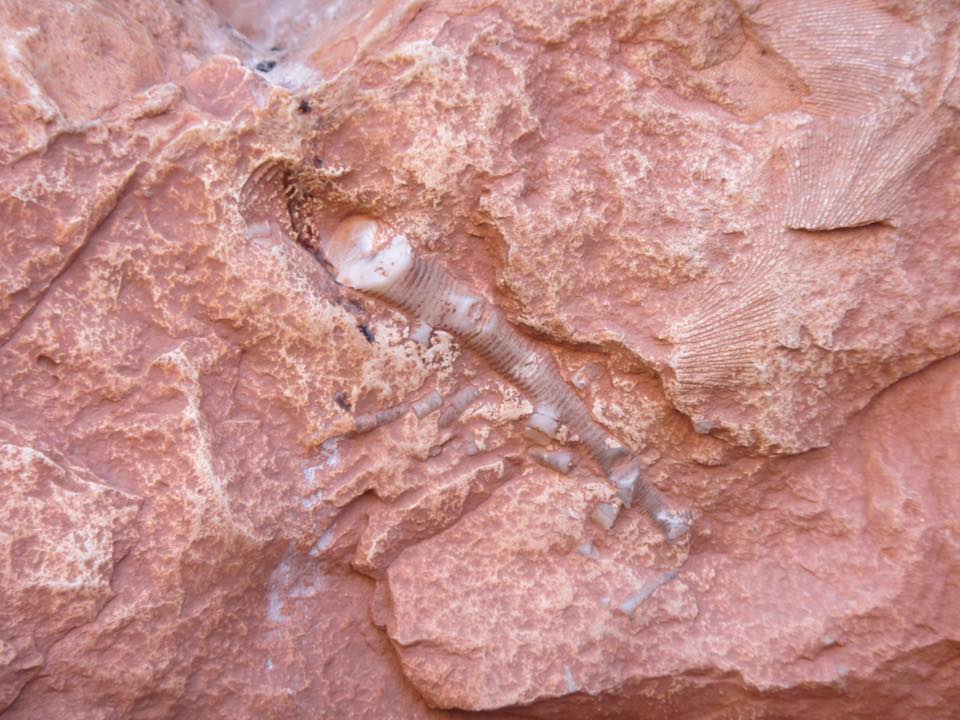 I highly recommend NCSE's trip to anyone who is science-minded and curious about evolution and the ecology of the Grand Canyon. Without the NCSE I would have been unable to make this most valuable journey! The NCSE also supports classroom teachers with valuable evolution and climate change resources. Please visit www.ncse.com to see how you can aid NCSE in supporting teachers and science education!
I highly recommend NCSE's trip to anyone who is science-minded and curious about evolution and the ecology of the Grand Canyon. Without the NCSE I would have been unable to make this most valuable journey! The NCSE also supports classroom teachers with valuable evolution and climate change resources. Please visit www.ncse.com to see how you can aid NCSE in supporting teachers and science education!
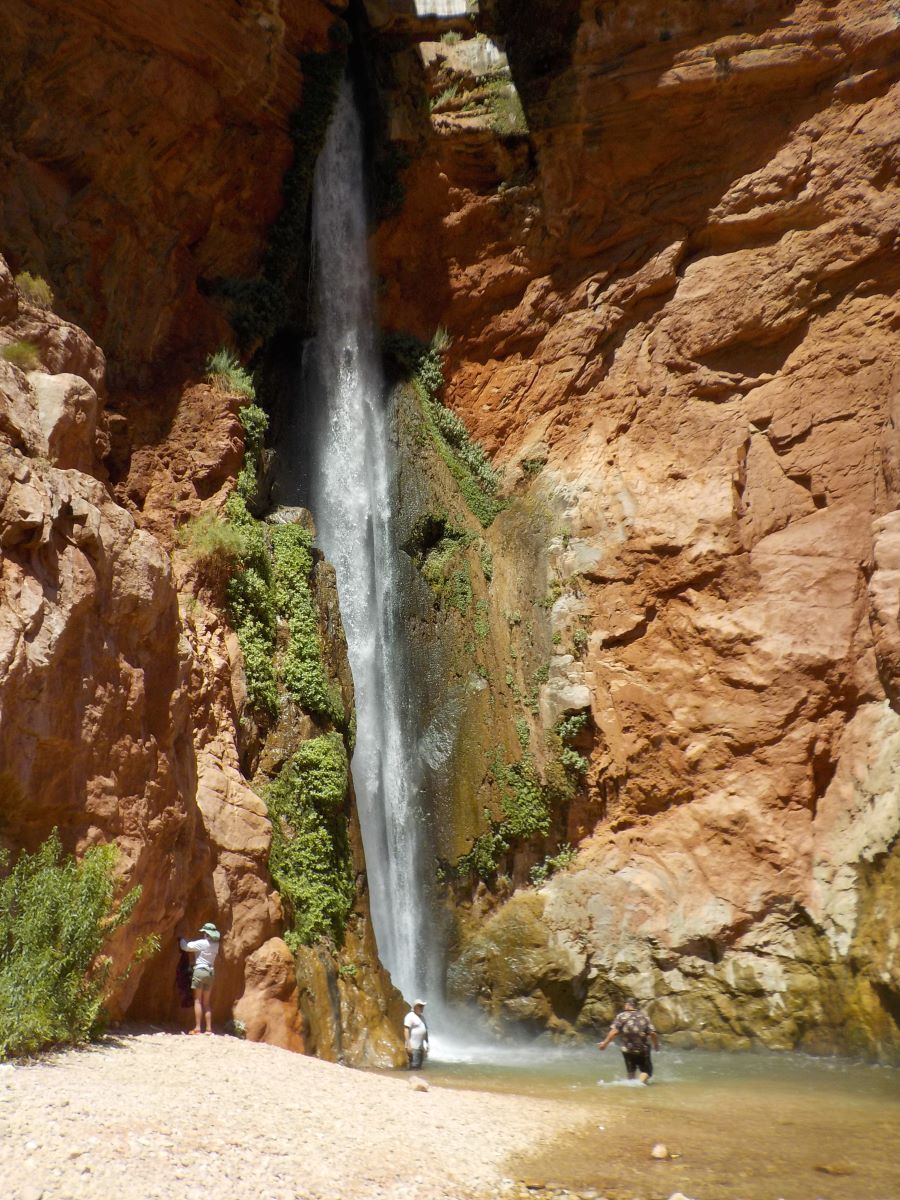 Check this out! Did you know that the canyon has been mapped on Google Earth so you can explore it from home? Here are some 360° views of the Canyon. (VR goggles provide an even more immersive experience).
Check this out! Did you know that the canyon has been mapped on Google Earth so you can explore it from home? Here are some 360° views of the Canyon. (VR goggles provide an even more immersive experience).
Century Plant: (go here) Contrary to its name, the Century plant (Agave americana) lives 10-30 years. This seven foot plant ends its lifespan with a burst of yellow flowers. It is one of many succulent plants adapted to the desert climate.
Lava Flow: (go here) Many remnants of lava flows near the area of Vulcan’s Throne show evidence of deep time in the canyon. Occurring over the past 2 million years, the lava flows completely dammed the Colorado completely in some areas, diverting the direction of the river entirely in some areas. Here you can see an entire side canyon filled by lava.
Little Colorado: (go here) This popular tourist attraction gets it’s vivid blue color from the calcium carbonate backdrop formed from the erosion of limestone rock. The calcium carbonate is bright white, and coats the bottom of the Little Colorado, highlighting the blue water.
